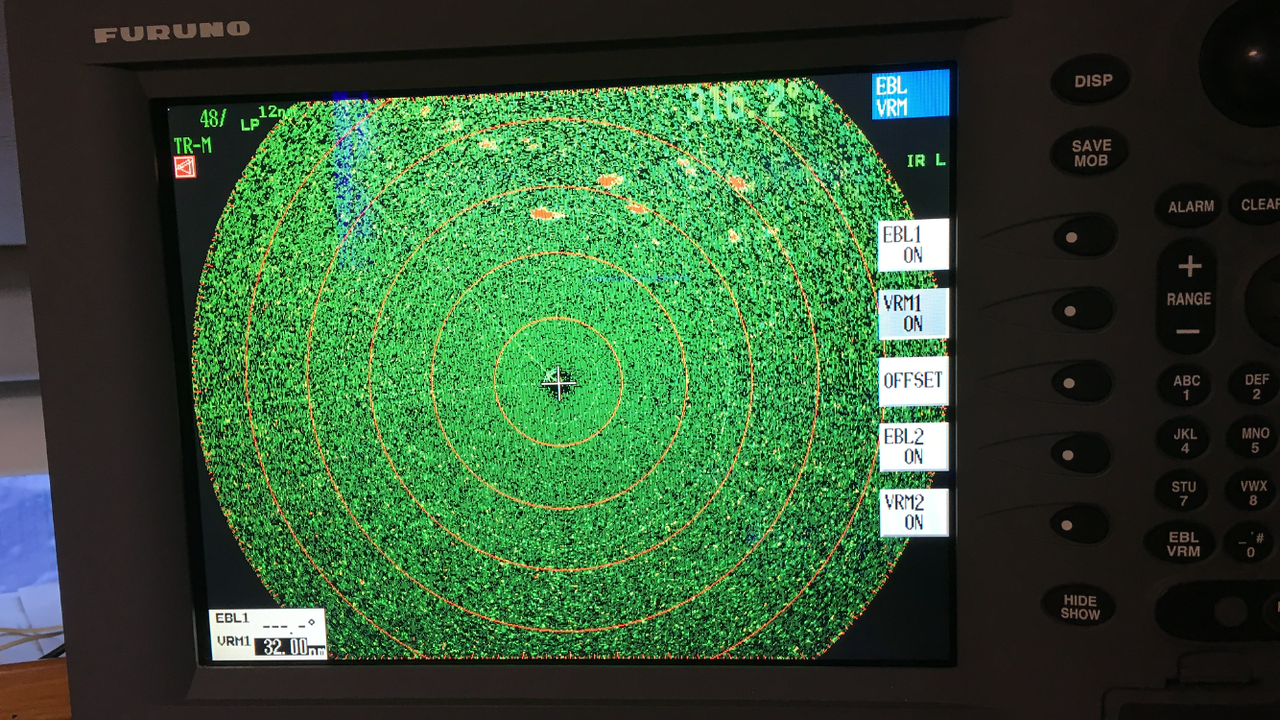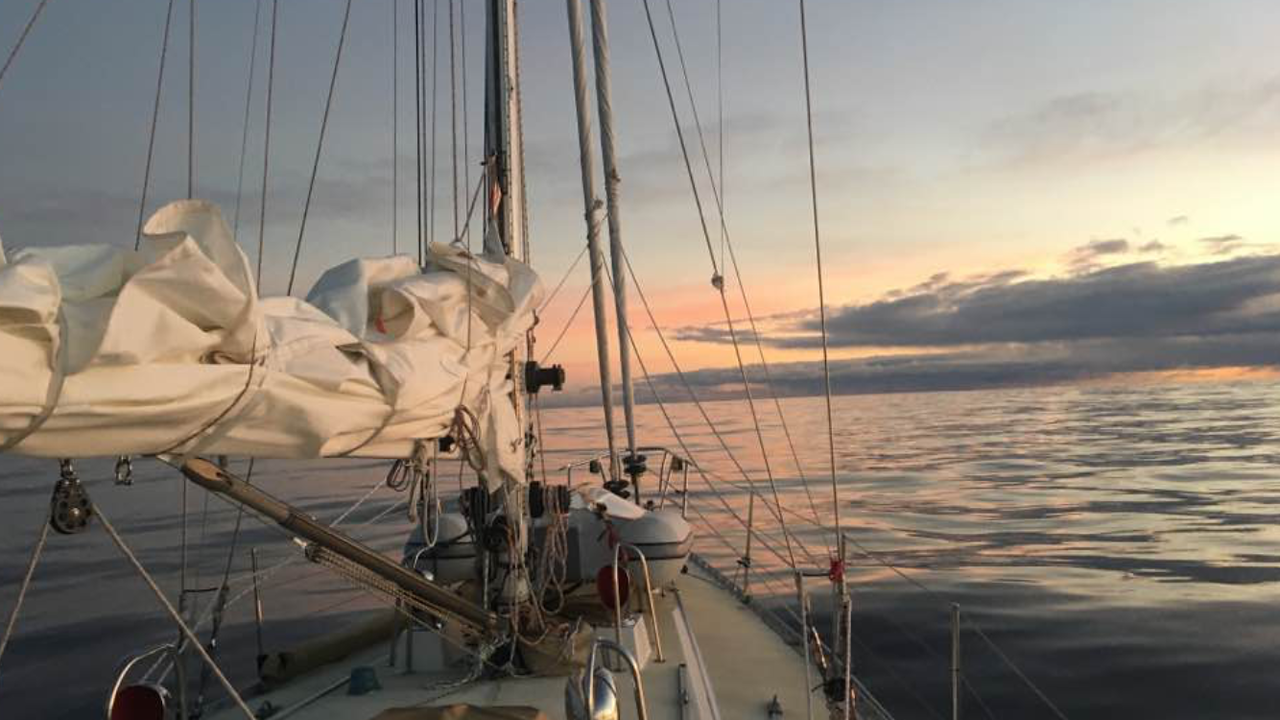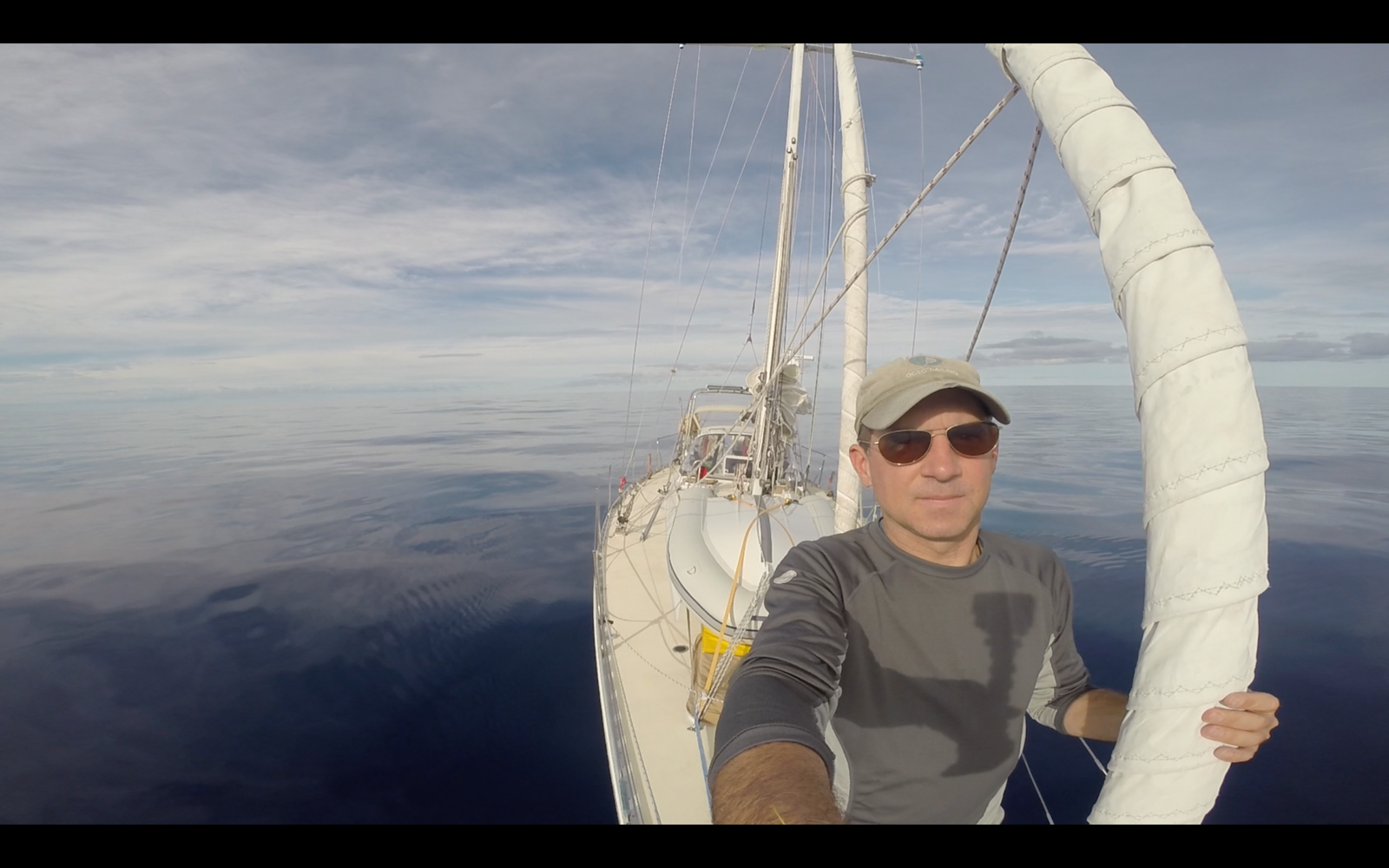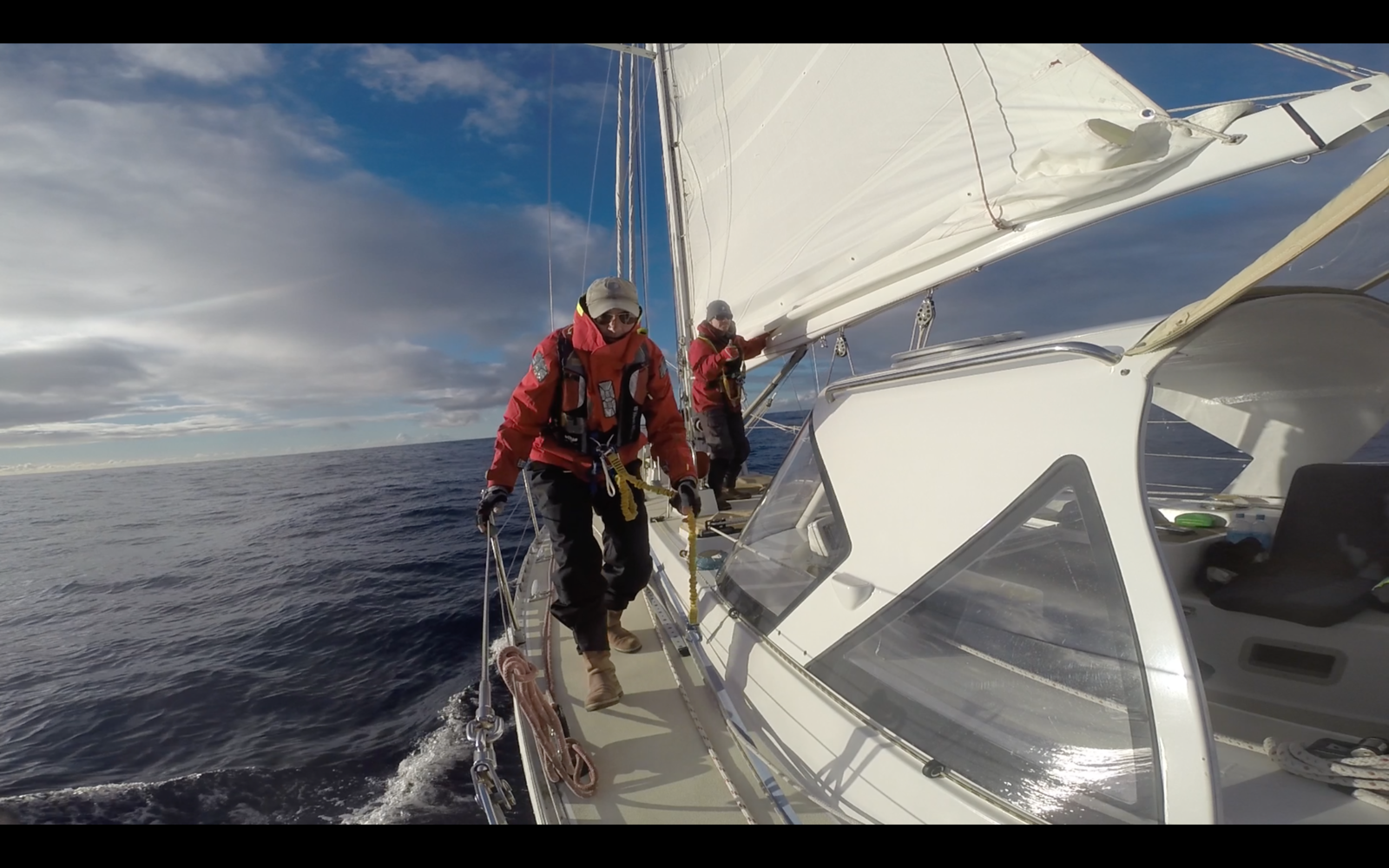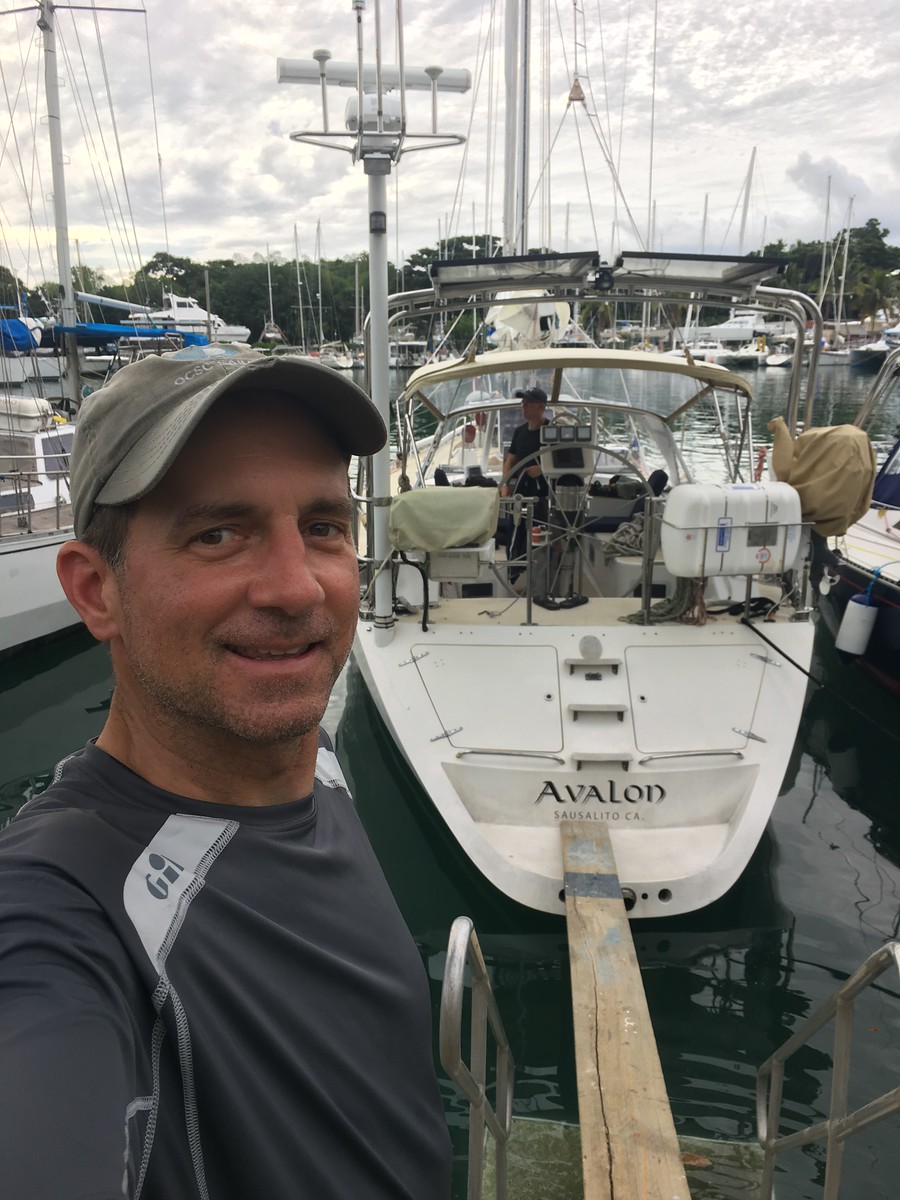Land Ho! Bula Fiji!
/After three weeks of waiting for favorable weather, we finally departed Marsden Cove Marina, New Zealand, on Saturday, May 27. We gently backed out of the slip and slowly motored out of the marina. The gurgling purr of our vessel’s 75-horsepower engine was drowned out by our carefully-selected “departure soundtrack” blasting from the stereo, including hits like “Should I Stay or Should I Go.” We waved goodbye to onlookers as the three of us headed out to sea.
We hoisted our sails as we passed Bream Head on our port side. When we were clear of the magnificent rocky point, we turned to port and headed north, hoping to sail as close to our rhumb line of 007T degrees as possible for the next 7-9 days.
As we expected, a stiff breeze and heavy swells greeted us immediately, forcing us to put on our ‘sea legs’ quickly. We hunkered down and weathered the weather, establishing a routine watch schedule (e.g., 3 hours on, 6 hours off). We stayed hydrated and nibbled on simple things hot soup and pre-made sandwiches to stave off seasickness.
Several other cruising boats left the same time we did. (The delay in good weather had created a bit of a back-log of cruisers waiting to head to the islands.) The first day or two it was fun to see the other boats off in the distance, either ahead, behind, or beside us. We passed a couple of boats, one in day time, one at night time, so that was a morale boost. As we sailed north, distances became greater, and we kept a close eye on AIS (an automated identification system that vessels at sea use to identify and avoid each other) to maintain safe distances.
After two days, we’d made progress north and a bit east (to stay well clear of the New Zealand coastline, which could be treacherous if the wind shifted around to the east).
We then encountered a high-pressure ridge that was sitting across the passage route, and brought blue skies, high wispy clouds… and no wind. We were becalmed! With absolutely no wind and perfectly glassy water, we dropped the sails and sat adrift for nearly two days. We played with light-air sail configurations, but also just enjoyed the amazing experience sitting hundreds of miles from anywhere.
I was tempted to jump in the water and go for a swim, so that I could say I swam in the middle of the South Pacific Ocean, in over 10,000 feet of water. But I knew it was too dangerous; too many things might go wrong. We did use the calm-water opportunity to take showers on deck, hang laundry on the lifelines, and cook bacon in the oven!
You may ask, "Why don't you just turn on the engine and motor?" Well, we only carry enough fuel to motor for about 700 nautical miles. The passage is over 1,000 nautical miles! So we have to be prudent on fuel usage - not just how much, but when. We need to make sure we have plenty of fuel for navigating the reefs in Fiji, for docking, and for emergency situations.
Eventually, the wind picked up again – a lot – and it was blowing in the right direction! Delighted, we blasted toward Fiji with the southeast trade winds and rolling swells behind us.
But then, we encountered another obstacle that caused us to deviate well off course.
At 3:00 am on a dark, moonless night, I was on watch. I noticed string of bright lights appearing on the horizon, off both the port bow and starboard bow. Nothing showed up on AIS. But something was out there. Earlier in the week, we had heard reports that three other sailboats making this passage had gotten their propellers tangled up in fishing nets and lines. I woke the skipper. Possible danger ahead!
Checking both radar and binoculars, we could see these lights were vessels of some sort. We hailed them on the VHF radio and, yes, it was a Japanese fishing fleet. In broken English, they informed us their fleet and equipment stretched across 38 nautical miles – directly in our path! We knew they weren’t about to haul in their nets to let us through (nor did they advise us of a safe heading to stay clear), so we had to make a drastic (and lengthy) change of course to protect ourselves.
After the detour, we clawed our way back toward Fiji, dodging (or enduring) the occasional squall which brought with it heavy wind and rain. By Sunday, June 4, we finally arrived outside the shallow reefs of the island nation. At that point, though, it was nightfall, and the reef was too dangerous to navigate in the dark. We decided to “hold off” (kind of like pacing back and forth) and waited for morning light.
So under the rising sun on Monday, June 5, we motor-sailed through the narrow break in the reef and into Nadi Bay. We docked at Vuda Marina where we checked-in with customs and immigration. With paperwork done, we headed ashore. A cold beer and hot shower never felt so good!
Thanks to skipper Tom and admiral Di for trusting me to help them make this passage! What a memorable and fun adventure, yet again!












